According to Reuters, gold prices rose due to the impact of the U.S. Federal Reserve (Fed)’s interest rate cut and ongoing concerns surrounding the U.S.-China trade deal. U.S. President Donald Trump announced that the U.S. would reduce tariffs on Chinese goods from 57% to 47%. In return, Beijing would resume soybean imports, increase rare earth exports to the U.S., and commit to tightening control over fentanyl trading.
Jeffrey Christian, Managing Director of consulting firm CPM Group, stated:
“Gold prices paused for a moment, but once the details of the U.S.-China agreement were revealed, the market quickly realized that it was a rather superficial deal. Confidence that the trade war had ended therefore weakened.”
Cautious sentiment led global stock markets to turn downward, as investors worried that this “trade truce” might only be temporary.
Earlier, the Fed cut interest rates as expected by investors but signaled that this could be the last rate cut of the year, as the ongoing U.S. government shutdown has made it difficult to release key economic data.
The Wells Fargo Investment Institute recently raised its gold price forecast for the end of 2026 to $4,500 – $4,700/ounce, up from the previous estimate of $3,900 – $4,100/ounce, citing continued trade and political uncertainties as drivers of investment demand.
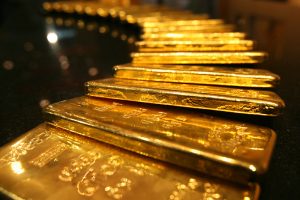
In Vietnam, SJC, DOJI, and PNJ all listed gold bar prices at 145.8 – 147.8 million VND/tael (buy – sell), unchanged on both sides.
Bao Tin Minh Chau traded gold bars at 146.3 – 147.8 million VND/tael (buy – sell), down 200,000 VND/tael on the buying side and unchanged on the selling side.
Phu Quy SJC listed its gold bar prices at 145.3 – 147.8 million VND/tael (buy – sell), the same as yesterday on both sides.
On the international market, gold prices also fluctuated continuously. As of 1:00 p.m. (Vietnam time), gold was trading at $4,010.7/ounce.
The precious metal on the international exchange has been volatile in recent days amid news related to the Fed’s policy meeting and U.S. tariff negotiations with other countries. After the Fed cut interest rates, the market regained momentum, though the central bank indicated this could be the final cut of the year. The U.S. government shutdown also affected the availability of economic data used in decision-making.
At the same time, investors remained cautious about potential instability following the meeting between Chinese President Xi Jinping and U.S. President Donald Trump, which resulted in what many saw as a “limited agreement”, leading markets to doubt that trade tensions had truly ended.
Since the beginning of the year, gold prices have risen more than 50%. Gold remains a favored asset during periods of low interest rates and economic or political uncertainty.
The Wells Fargo Investment Institute has revised its year-end 2026 gold target to $4,500 – $4,700/ounce, up from the previous range of $3,900 – $4,100/ounce, citing geopolitical and trade policy risks as ongoing factors supporting demand.
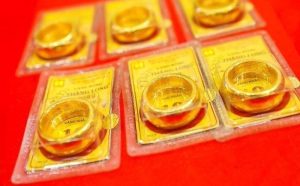


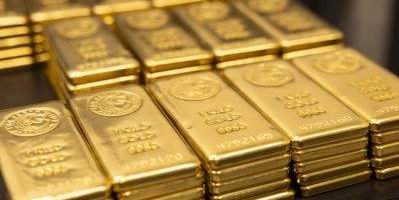
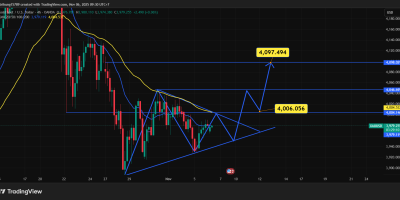








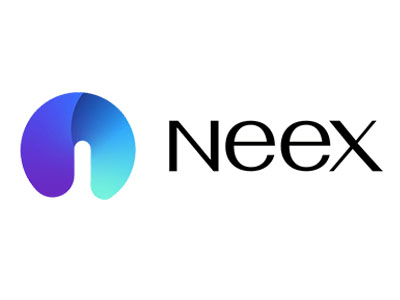



Leave a Reply